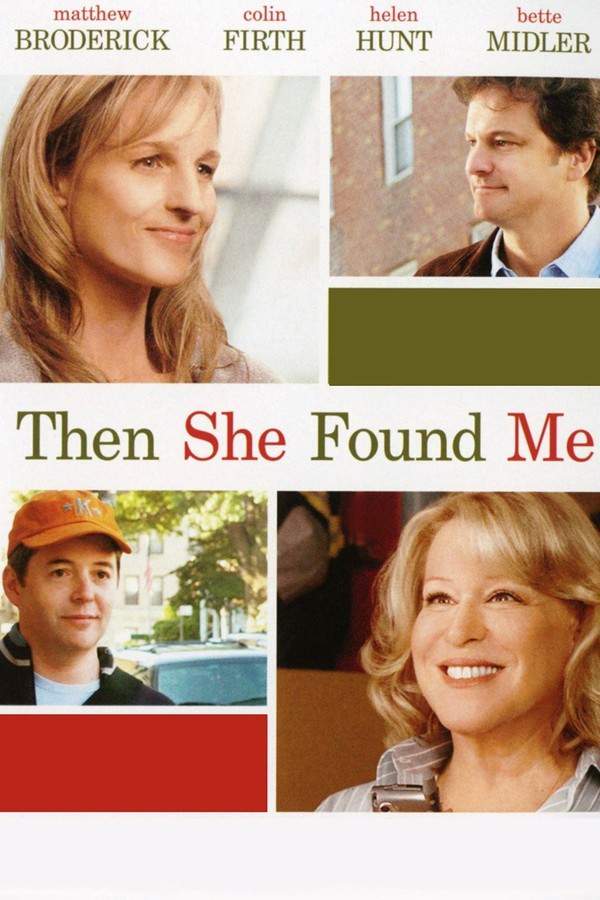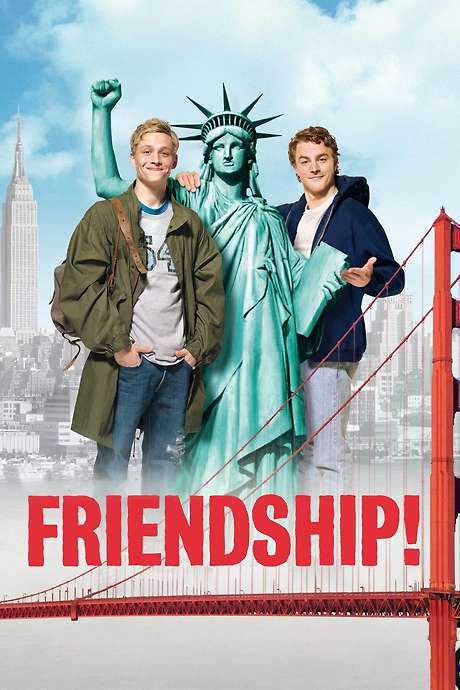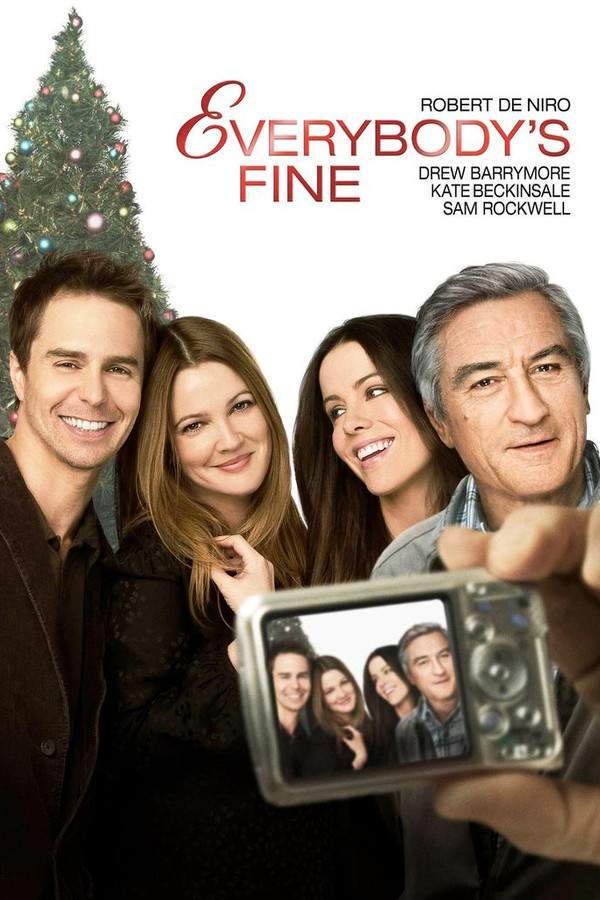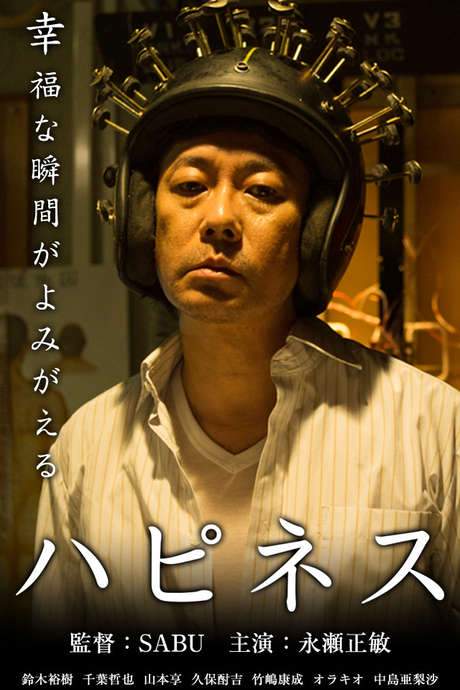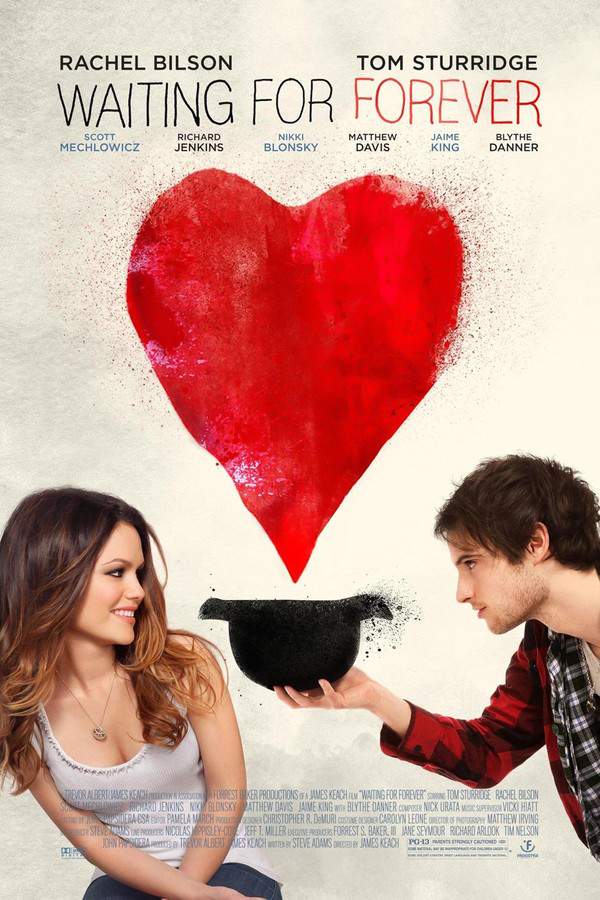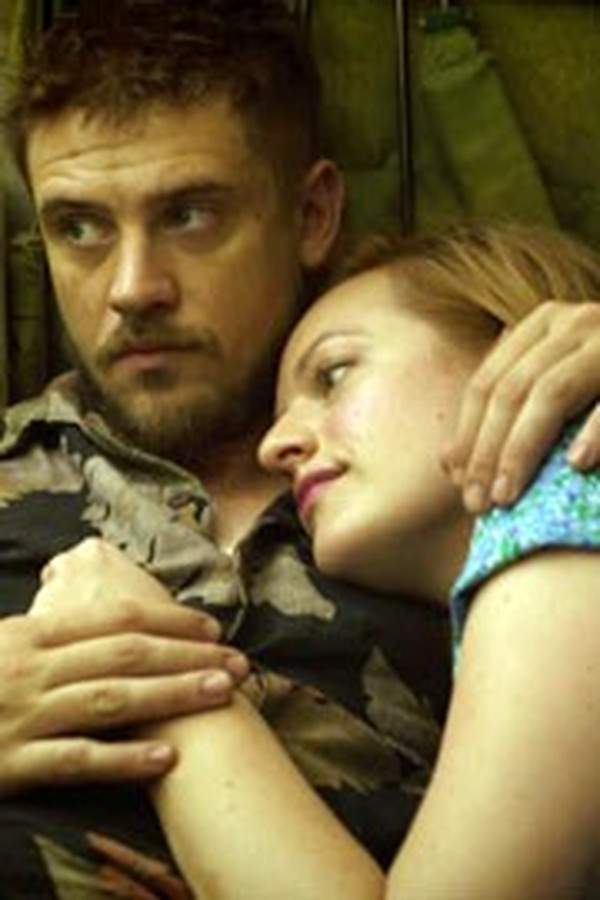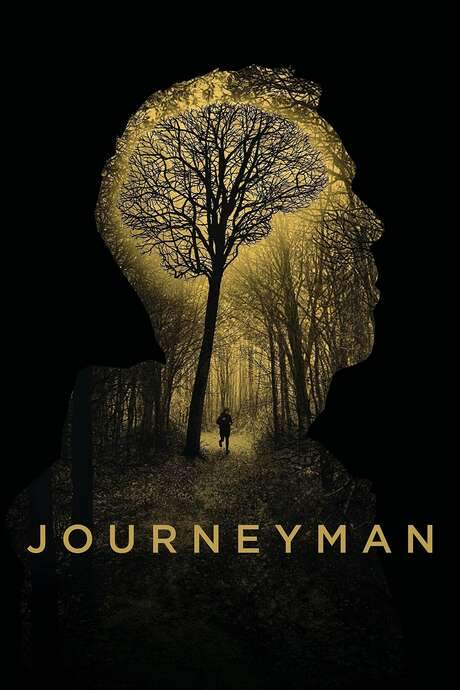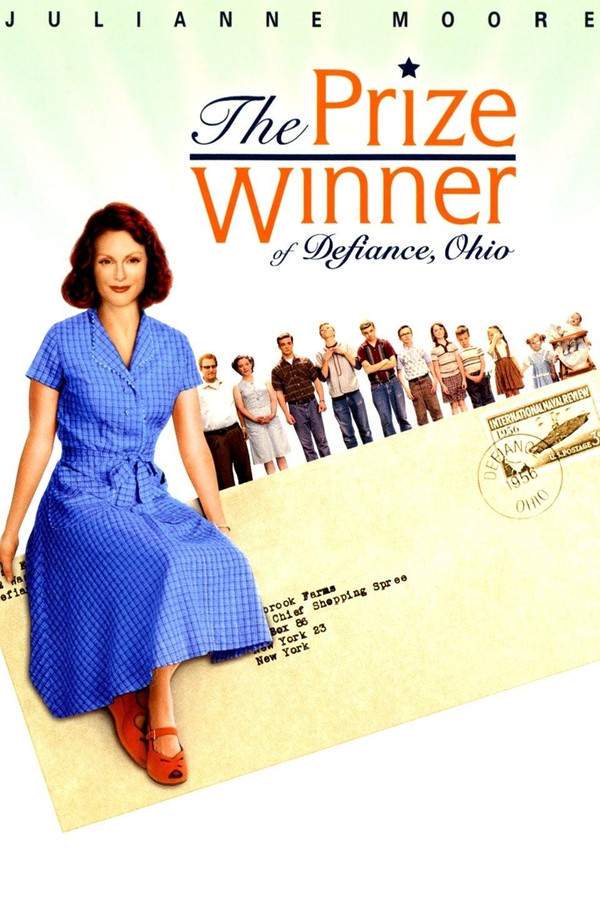
Inside I’m Dancing
Year: 2004
Runtime: 104 mins
Language: English
Director: Damien O'Donnell
Michael, a 24‑year‑old man with cerebral palsy, has lived most of his life at Carrigmore Residential Home for the Disabled, overseen by the stern matriarch Eileen. His routine is upended when the rebellious newcomer Rory O’Shea arrives, challenging the home’s rigid rules and inspiring Michael to pursue his own dreams of freedom and self‑expression.
Warning: spoilers below!
Haven’t seen Inside I’m Dancing yet? This summary contains major spoilers. Bookmark the page, watch the movie, and come back for the full breakdown. If you're ready, scroll on and relive the story!
Inside I’m Dancing (2004) – Full Plot Summary & Ending Explained
Read the complete plot breakdown of Inside I’m Dancing (2004), including all key story events, major twists, and the ending explained in detail. Discover what really happened—and what it all means.
Steven Robertson portrays Michael Connolly, a 24-year-old with cerebral palsy who has spent his life in the Carrigmore Residential Home for the Disabled, a tightly run facility ruled by the formidable Brenda Fricker as Eileen. Michael’s days are predictable, his schedule guided by the institution’s routines and guards, until a new arrival upends the calm: Rory O’Shea, a quick-witted young man with Duchenne muscular dystrophy who can move only his right hand and yet speaks with a blunt charm that defies the walls around him. James McAvoy brings Rory to life with swagger and a fearless skepticism toward limits, while Rory’s irreverent humor and risk-loving spirit ignite something brighter in Michael, a glimmer of a world that lies beyond Carrigmore’s gates. Romola Garai steps in as Siobhán, a local woman who becomes a pivotal presence in their orbit, offering a glimpse of life outside the home and a possible path to companionship and independence.
Their days quickly widen beyond the predictable rhythms of care and regulation. On a day out funded by Carrigmore’s fundraising efforts, Rory charts a course toward the unexpected, slipping away with Michael to a Dublin pub where the pair charm a group of women at a corner table, including Siobhán herself. The moment is playful and defiant, a signal that the two men are tasting a larger social world. The duo then find their way into a nearby nightclub, gaining entry with a clever legality lesson about Irish and EU Disability Discrimination Law, a reminder that even the rules can bend when confronted with a legitimate claim to dignity. This sequence marks the start of a broader journey—one that asks what it means to live independently and how friends can stretch the boundaries of what is possible.
Rory’s determination to keep Michael connected to life outside the home drives much of the plot’s momentum. Rory has repeatedly faced denials of the Independent Living Allowance, dismissed as a matter of irresponsibility and poor judgment, with instructions to reapply in six months. In a bold turn, Michael decides to apply as well, with Rory acting as his interpreter and advocate. The application is eventually successful, signaling a new lease on life and a search for a wheelchair-accessible, affordable apartment. Their quest is not easy—brand-new barriers, rising costs, and the practicalities of building a life together in the wider world loom large. Yet a breakthrough arrives when Rory’s estranged father steps back into their story, offering money and property to help them set up on their own, a gesture born of guilt but capable of reshaping their future.
The search for care also becomes a central thread. A caregiver interview yields little promise until Siobhán, now working in a local supermarket, meets them and agrees to take on the job with a cautious openness. Her eventual decision to join them signals a shift in the trio’s dynamic: she is not merely a helper but a crucial ally in navigating the complexities of adult life with a disability. Rory’s jealousy flares at this new balance, culminating in a reckless joyride with local youths in a stolen car, an incident that ends with brief police detentions and a sobering reminder of the fragility of their precarious arrangement.
A costume party invites them into a wider social circle, but it also tests the relationships at the core of their life together. Siobhán’s rejection of Michael’s romantic advances creates tension, prompting her to bring in Peter, a qualified Personal Assistant, to replace herself. The shift unsettles Michael, who feels the loss of companionship and the potential for a deeper connection with Siobhán. The emotional strain pushes him toward despair and thoughts of suicide, a danger that Rory fights to avert with a fierce loyalty. He finds Michael on the edge of the James Joyce Bridge, steadying him with pragmatism and care, reminding him that the future is worth living.
Time continues its relentless march as Rory’s health deteriorates. Michael visits Siobhán, and with her help goes to the review board on Rory’s behalf, pressing for a renewed chance at independence. The board initially rejects the appeal, clinging to the same conservative arguments about capability and risk. Yet Michael responds with a powerful argument that the rights created by law must be exercised to matter, insisting that “the right must exist independently of its exercising.” In a symbolic gesture, the board grants Rory’s independent living allowance in principle, a beacon of possibility that could have rewritten their shared future. But before the news can reach Rory in the hospital where his condition is failing, he dies, a poignant and devastating turn in their shared story.
In the wake of Rory’s passing, Michael and Siobhán attend the funeral, carrying the weight of what’s been lost and what might have been. The memory of Rory lingers in Michael’s mind, and he hears in that memory Rory’s quiet invitation to keep living: “Well, then, are we going out?” With that final prompt, Michael bids Siobhán farewell and steps into the world beyond Carrigmore on his own terms, carrying with him the promise of a future shaped by courage, friendship, and the stubborn belief that life is bigger than any single diagnosis.
Last Updated: October 09, 2025 at 16:48
Explore Movie Threads
Discover curated groups of movies connected by mood, themes, and story style. Browse collections built around emotion, atmosphere, and narrative focus to easily find films that match what you feel like watching right now.
Bittersweet Found Family Movies like Inside I’m Dancing
Stories where unlikely friendships forge a new family, marked by both joy and poignant loss.If you enjoyed the powerful friendship between Michael and Rory in Inside I’m Dancing, explore more movies about found family. These films feature characters building deep, defiant bonds that provide strength and hope, often culminating in emotionally resonant, bittersweet stories of connection and loss.
Narrative Summary
Movies in this thread typically follow a group of isolated or marginalized individuals who find strength and belonging in each other. Their shared journey involves fighting for autonomy or happiness against external pressures, leading to profound personal growth that is ultimately tested by a significant, often tragic, event, resulting in a bittersweet but hopeful resolution.
Why These Movies?
These films are grouped together because they share a core emotional dynamic: the intense, life-affirming power of found family is consistently paired with a realistic, melancholic undertone. They deliver a specific mix of defiant joy and heartfelt sadness, creating a deeply moving viewing experience focused on human connection.
Movies About Defiant Freedom Quests like Inside I’m Dancing
Character-driven stories about individuals breaking free from institutional or societal constraints.Looking for more inspiring stories like Inside I’m Dancing? Discover movies about characters fighting for their independence against all odds. These dramas follow individuals challenging institutional life or societal limits, focusing on themes of self-discovery, disability rights, and the bittersweet cost of freedom.
Narrative Summary
The narrative pattern involves a protagonist living within a restrictive system—be it an institution, family, or society. The arrival of a catalyst character or a personal awakening sparks a rebellious quest for freedom. This journey is fraught with obstacles and sacrifices, leading to significant personal transformation, though not without a poignant cost, resulting in an ending that balances hard-won liberation with a sense of loss.
Why These Movies?
These movies are linked by their central conflict: the urgent, personal battle for autonomy. They share a defiant mood, a steady pacing that allows for character development, and a thematic focus on the high stakes of claiming one's own life, making the emotional payoff deeply resonant.
Unlock the Full Story of Inside I’m Dancing
Don't stop at just watching — explore Inside I’m Dancing in full detail. From the complete plot summary and scene-by-scene timeline to character breakdowns, thematic analysis, and a deep dive into the ending — every page helps you truly understand what Inside I’m Dancing is all about. Plus, discover what's next after the movie.
Inside I’m Dancing Timeline
Track the full timeline of Inside I’m Dancing with every major event arranged chronologically. Perfect for decoding non-linear storytelling, flashbacks, or parallel narratives with a clear scene-by-scene breakdown.

Characters, Settings & Themes in Inside I’m Dancing
Discover the characters, locations, and core themes that shape Inside I’m Dancing. Get insights into symbolic elements, setting significance, and deeper narrative meaning — ideal for thematic analysis and movie breakdowns.

Inside I’m Dancing Spoiler-Free Summary
Get a quick, spoiler-free overview of Inside I’m Dancing that covers the main plot points and key details without revealing any major twists or spoilers. Perfect for those who want to know what to expect before diving in.

More About Inside I’m Dancing
Visit What's After the Movie to explore more about Inside I’m Dancing: box office results, cast and crew info, production details, post-credit scenes, and external links — all in one place for movie fans and researchers.



